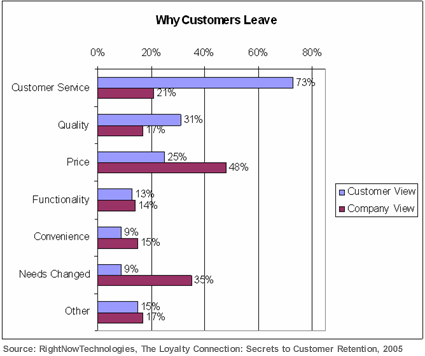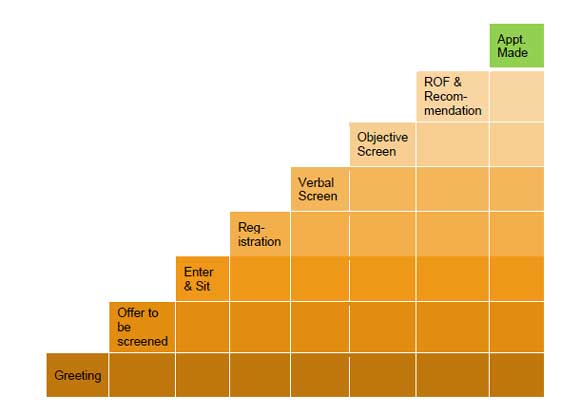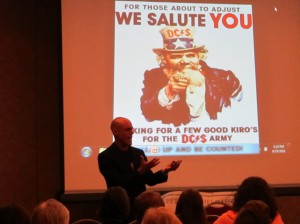Updated: April 2016

When people go to the grocery store for produce they are mostly just interested in their plump cucumbers, zucchinis, or other vegetables. They don’t much care about the garden that actually produced these nutritious wonders of nature.
But a lot of work goes into a well managed garden. If you don’t take good care of your garden, you won’t have its fruits and vegetables. It’s that simple. And a good part of a garden takes place underground in a network of roots. Roots provide water and minerals to the plant, and keep it in place when the wind blows. The top part of the plant, its stem, can get mowed under by a lawn mower (I have done this) and the plant comes back to life – because of its strong root structure.
Your office is kind of like a garden.
It produces healthier people. You take care of your team, polish up your systems, do some training, and you will continue to have a productive “health garden” that produces healthier people.
And the roots?
In this analogy, the root system is the loyalty and good will of your patients. Here’s how:
Many offices struggle to get new patients. Even offices that have been in business for years and years.
Why? No roots.
If some doctors spent the same time and attention – and money, on giving extra care and service to their existing patients as they did on trying to hustle up new patients, they would have more patient visits than they would know what to do with.
Why? First, because the service and care was SO extraordinary, patients would refer their family and acquaintances because they would want them to receive similar treatment as they had.
But more obviously, existing patients would never drop out of care. (Some would, of course.) They would continue to come back for wellness visits. How busy would your office be now if all the new patients you ever started still came in for services? You couldn’t handle…there would just be too many patients!
Over the years, there have been many studies to support the fact that it is more expensive to chase after new patients than it is to keep the ones you have.
“A common rule of thumb is that the marketing costs of landing a new customer runs three to five times the costs of retaining an old one.” (Total Customer Service, Davidow)
Some articles talk about it costing 10 times the amount to get a new customer as to keep the ones you have.
I am all for getting new patients, but do you also keep your existing patients? And do they refer family and friends and work associates? And why do your patients leave? An interesting survey pointed out that most companies believed it was because of price, or that the needs of the customer changed. However, from the point of view of the customer, they left because of poor service. (The Loyalty Connection: Secrets To Customer Retention And Increased Profits By Bob Thompson, CEO, CustomerThink Corporation Founder, CRMGuru.com, March 2005)

There are a number of procedures to improve your services to patients – to help generate stronger and more productive “roots”, or healthy patient relationships. Let’s focus on the most fundamental: Communication. To put it more accurately, let’s call it “conversation.”
BEGINNING THE CONVERSATION
A conversation is a dialogue, a giving and receiving of communication back and forth. It is an interactive exchange of thoughts. It shows that you respect the other person and that you are interested in them and what they have to say.
Many patient conversations are one-way, from the staff and doctor to the patient. They are also rote, robotic, and too scripted to be genuine. Do an audio recording of how the front desk answers the phone or how you do a consultation and you might be able to see room for improvement.
The conversation usually starts with the first phone call. Does the prospective patient feel that the front desk is listening – really? Is she interested, or just reading her script and trying to get to her next task and hang up the phone? Does she introduce herself and show interest and even gratitude for the call?
It is these little things that make such a big difference. Think about how you like to be treated when you contact a business…
In the consultation, do you really listen and seek to understand the patient, even though it is like the 5 millionth time you heard about someone’s low back pain?
In your report, do you have a conversation with the patient, or do you just rehearse your script to the patient while they are nodding in appeasement?
You see so many patients… and have so many tasks… that real conversations are too often sidelined. You don’t have much time, usually. But in the time that you do have, you have to be present. You have to be THERE, with all of your attention on the patient, and not on your next task. That moment with that one patient will never happen again. It is its own time that just you and that person share. The Japanese have a saying for this: “Ichego Iche.” One time, one moment. This is a plaque that is often found in tea rooms in Japan.

You have started to create a relationship. Now, you have to continue to nurture it. This is done by continuing the conversation – and of course, great clinical and administrative service and care.
With each patient encounter, you have to be interested, attempting to understand and then get understood. Improve this and you are well on your way to better patient retention and referrals.
CONTINUING THE CONVERSATION
But when your patients are not with you, you have to find ways to continue the conversation.
How?
Your Newsletter.
You can easily set up an email newsletter with an a provider such as Constant Contact or Mailchimp. Send these out monthly or even twice per month. The most important aspect of these letters is to keep them real, personal, as if you were writing to a friend. It could simply be a few paragraphs from the doctor relating a recent case success, or a home health tip. You can also include patient testimonials and a review of a recipe.
But we are inundated each day with hundreds of emails so keep in mind that old fashion snail mail still works, and in fact, works better. It does cost, of course, but the return on investment makes it worth it. A hard copy newsletter will have “shelf life,” and can be read and reread. Most emails are overlooked -there are just too many of them. Send out a hard copy newsletter every 4-6 months. It can even just be a one page foldover, self-mailer.
Other Mail.
Cards are very considerate. Just think about the few you receive. You may still have them! A system can be set up to send out birthday cards, welcome cards, humorous reactivation cards, bereavement cards, and congratulation on starting your “wellness program” cards, as well as other cards each month. These all help keep the conversation going.
Social Media.
Facebook is your primary social media with your patients. This can be similar to your newsletter. Like email, it has become glutted with ads and “content” information. Ask your patients to “LIKE” your page so that they can stay in touch with the office and receive new information about health and upcoming office events. Some offices even hold special contests only for their Facebook “friends.” Then, post regularly fun and education information. For example:
“Our patient, Burt, just got accepted back into his hockey league thanks to chiropractic. Here is a photo of Burt and Dr. Smith and his new puppy eating apple pie made by Rose, a long time patient who can’t stop bringing us apple pies!” (Of course always get patient approval to post their picture.)
Upload patient testimonials, in writing or even videos. If they are interesting, other patients can comment, or even share. And if anyone does comment, make sure that you comment back.
Delegate these types of communication to your team, but you have to be the one to ensure that the conversation continues.
If you have good roots, there is nothing to fear. Insurance reimbursement can decrease even more, the economy can decline, staff changes can occur, but if you have taken good care of your patients, they will take good care of you. Conversations with your patients will help nurture a strong “root system” that will keep your office productive, no matter the storms that may come.
SUMMARY – TAKE AWAY:
When the patient is on the phone or in the office:
- Be present and attentive. (Present Time Consciousness “PTC” as Jimmy Parker would say.) Be genuinely interested.
- Seek to understand the patient.
- Get your point understood and have a conversation.
When the patient is out of the office – continue the conversation:
- Snail mail real newsletters and cards mailed.
- Emailed newsletters.
- Get Facebook “fans” and post local/personal news.







